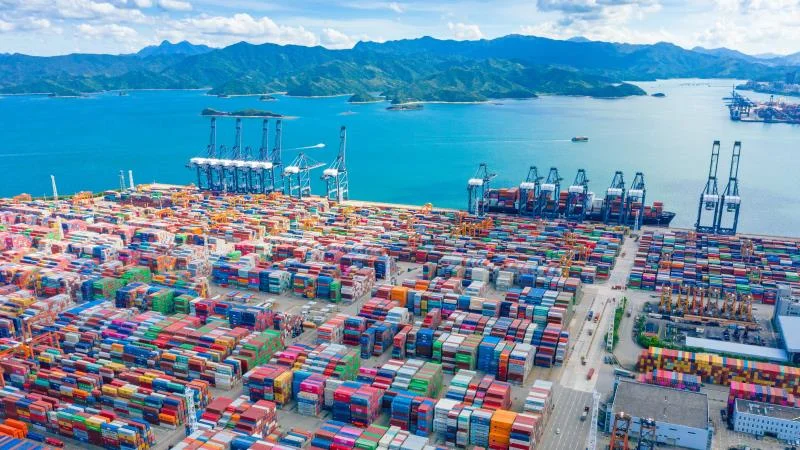Tariffs can disrupt supply chains, increase costs, and impact competitive positioning. Using Kepner-Tregoe’s Potential Problem Analysis (PPA), companies can anticipate, assess, and mitigate the risks tariffs impose. Here are 5 proactive steps organizations can take:
1. Identify Potential Tariff Risks
Actionable Steps:
- ✓ Map out your supply chain exposure to impacted regions and products.
- ✓ Identify key suppliers, raw materials, or components affected by new tariffs.
- ✓ Conduct a cost-impact analysis to assess how much tariffs will increase expenses.
Example:
An automotive manufacturer using Chinese steel assesses a 15% increase in raw material costs due to tariffs. Using PPA, they analyze alternative local and regional suppliers to diversify procurement sources.
2. Develop Contingency Supply Strategies
Actionable Steps:
- ✓ Secure alternative suppliers in non-tariffed regions.
- ✓ Negotiate long-term pricing agreements with suppliers before tariffs take effect.
- ✓ Invest in supply chain agility by diversifying logistics and warehousing locations.
Example:
A pharmaceutical company facing API (Active Pharmaceutical Ingredient) tariffs from China secures alternative sources from India and Europe to ensure business continuity while balancing costs.
3. Adjust Pricing and Cost Structures
Actionable Steps:
- ✓ Analyze cost absorption vs. price pass-through to customers.
- ✓ Identify and reduce non-essential costs to offset tariff expenses.
- ✓ Improve operational efficiencies through automation and lean processes.
Example:
A consumer electronics company evaluates pricing models and determines that a 5% price increase on premium products will offset a 10% tariff, while keeping budget-friendly models at the same price to maintain market share.
4. Leverage Trade Agreements and Legal Solutions
Actionable Steps:
- ✓ Explore trade exemptions, special permits, or tariff reclassifications.
- ✓ Assess free trade zones (FTZs) or duty drawback programs for tax relief.
- ✓ Work with legal and trade experts to optimize tariff compliance strategies.
Example:
An industrial manufacturer reclassifies an imported component under a lower-duty category, reducing its tariff burden by 30%, keeping costs competitive.
5. Strengthen Stakeholder Communication & Strategy Alignment
Actionable Steps:
- ✓ Keep internal teams, investors, and key stakeholders informed on tariff impacts.
- ✓ Align procurement, finance, and sales teams to execute mitigation plans.
- ✓ Use scenario planning to prepare for future policy shifts.
Example:
A global retail brand updates its investor relations strategy, detailing how it is mitigating tariff risks through regional supplier diversification and automated cost-tracking systems to maintain profitability.
How Potential Problem Analysis (PPA) Ensures Resilience
The Kepner-Tregoe PPA framework helps businesses anticipate risks, assess potential consequences, and implement proactive countermeasures before tariffs create operational disruptions. Through structured problem-solving, companies:
- Predict supply chain vulnerabilities before they cause stockouts.
- Identify alternative procurement paths before increased costs erode margins.
- Develop response strategies to manage financial, legal, and customer-related tariff impacts.






